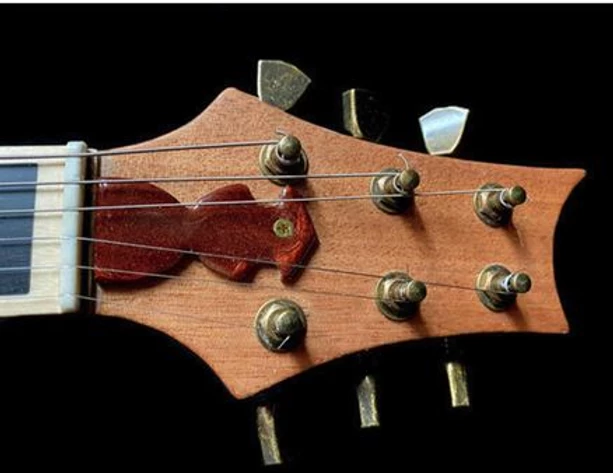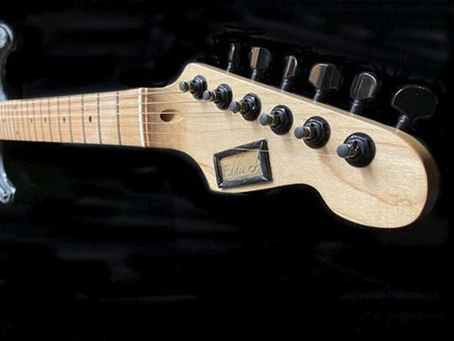All high-performance guitars might appear the same to someone who has never played the guitar before, but there are differences that go beyond acoustic and electric. Guitar necks, in particular, aren’t all the same.
Guitar necks are available in different shapes simply to accommodate a guitarist’s personal preference. Choosing the right neck shape can make playing the guitar more comfortable for you. After all, if you’re putting in hours and hours on practicing an instrument, you deserve to be comfortable while doing so.
Check out the most popular guitar neck shapes below:
The C-Shaped Neck
C-shaped necks are the most commonly available necks. They’re quite flat and suitable for most players. There are various versions of C-shaped necks to choose from, including slim, extra slim, and flat.
The V-Shaped Neck
V-shaped necks were very popular with older guitars, but they aren’t used that much anymore on modern models. Today, they show up mostly on reissued guitars. There are two V-shaped necks to choose from: a gentler ‘soft’ V and a pointed ‘hard’ V.
The U-Shaped Neck
U-shaped necks are a popular choice for guitarists with large hands. It’s possible to find perfectly balanced U-shaped necks, as well as necks that are thicker on one side than the other. Guitarists choose between balance or thickness based on their playing style.
How to Choose the Right Neck Shape
There are certain factors to consider when you’re deciding which neck shape works best for you:
1. Strike a Balance
You can’t choose a neck based solely on its appearance or how it contributes to the guitar’s sound. By all means, consider these things too, but remember to prioritize your personal comfort.
If you don’t have the hands to wield a thicker neck, you’ll have a subpar playing experience and might even injure yourself.
2. Go with the Easiest Option
There’s a reason why C-shaped necks are used more than other shapes. They’re a safe choice, especially if you’re a beginner.
The added stress of maneuvering a thicker guitar neck will make your lessons more difficult, so unless you’ve got the hand size to justify it, don’t start with a U-shaped neck.
3. Explore Customization Options
When you have gained some experience with the guitar, and figured out what works for you and what doesn’t, consider experimenting with bolt-on necks instead of exclusively using set-in necks.

Summing it Up
Remember that a guitar neck that lets you play smoothly and efficiently will always be better than a neck that’s difficult to handle. While your fingers will take time to get used to any new guitar, you shouldn’t feel pain while playing.
At Rock Guitars, we feature a selection of gorgeously decorated high-performance guitars with premium components and a beautiful sound. Hand-decorated by EddieA and put together with tremendous attention to detail, our high-quality guitars are sure to rock your world.
Check out our inventory to shop high-performance guitars, send us a message to know more, and be sure to subscribe to the Rock Guitars YouTube channel to see our axes in action.


